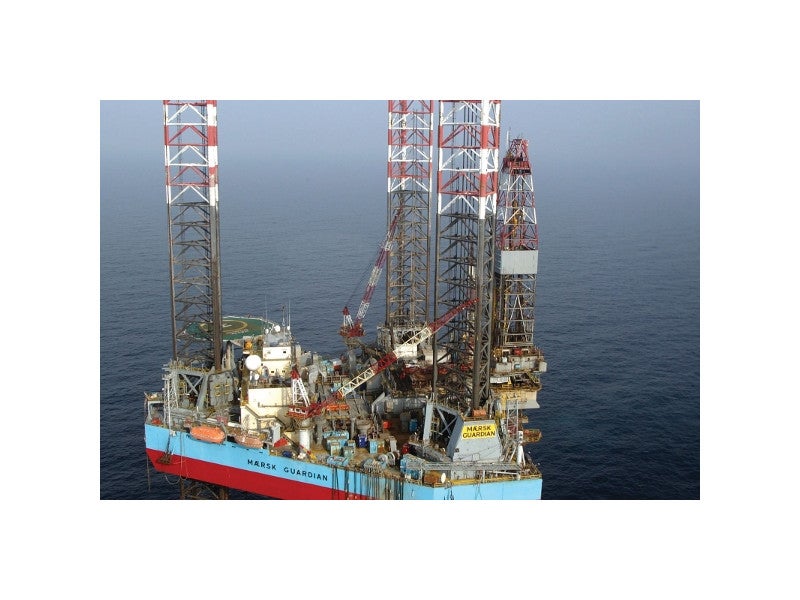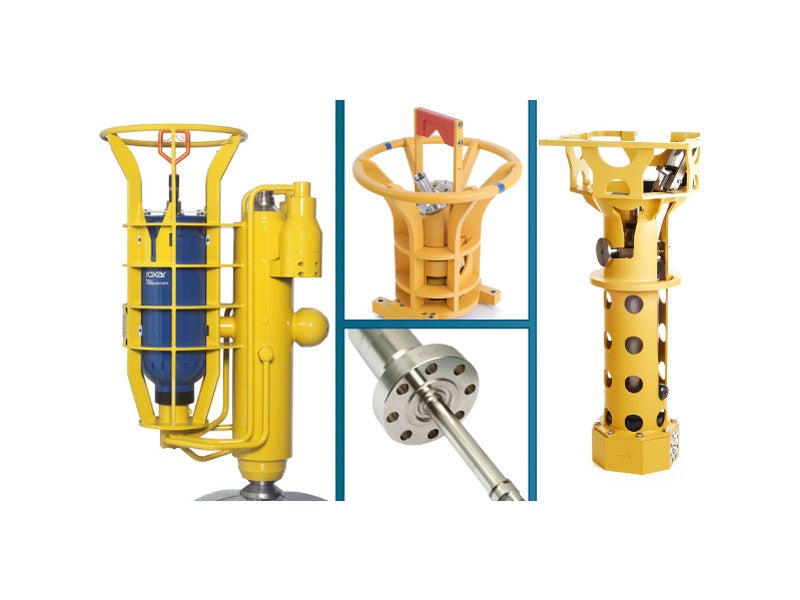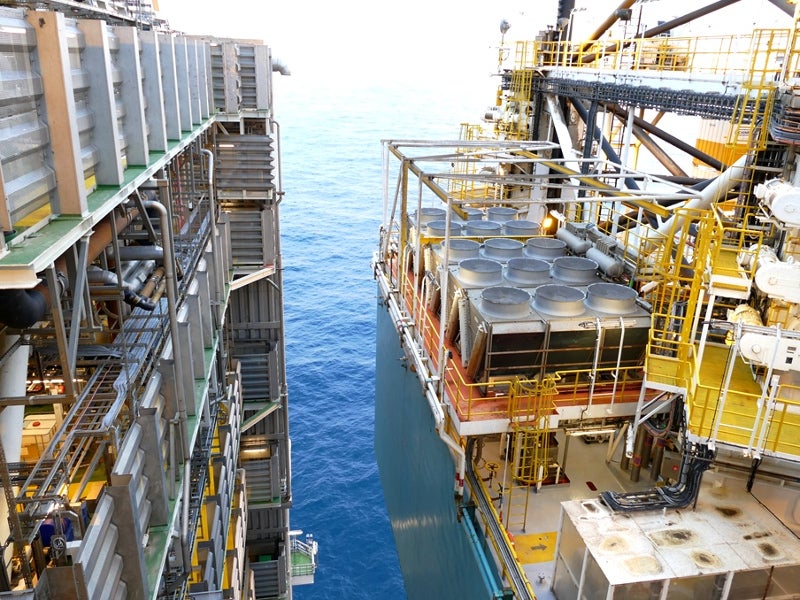The Brynhild oil field lies in production license 148 in Block 7 of the Norwegian North Sea at a water depth of 80m. The field is located approximately 10km from the UK border and 210km offshore the Norwegian mainland.
The oilfield is owned by Lundin Norway (51%, operator) and CapeOmega (49%). Total investment made in the field is estimated at $5bn.
First production from the Brynhild field was achieved in December 2014. Production from the field was ceased in May 2018, as the operation was no longer profitable. The field partners have submitted a decommissioning plan for the field to the regulatory authorities. The decommissioning works are expected to commence in the second or third quarter of 2020.
Brynhild oil field discovery and development
The Brynhild oil field was discovered in 1992. The plan for development and operation (PDO) of the field was submitted in August 2011 and approved by the Norwegian Ministry of Petroleum and Energy in November 2011.
The field was a fast-track subsea tie back to the Haewene Brim FPSO on the Shell-operated Pierce field located 38km to the south of the field. The topsides of the FPSO were modified in order to enable the tie-in.
The gross peak production at the field was 12,000 barrels of oil equivalent per day.
Brynhild geology and oil reserves
The Brynhild reservoir lies approximately 3,300m beneath the seabed. The reservoir containing under-saturated oil comprises upper Jurassic sandstones of the Ula Formation.
As of December 2015, the gross reserves of the Brynhild field were estimated to be 5.7 million barrels of oil-equivalent.
Brynhild subsea production infrastructure
The subsea production system involved four development wells, including two production wells and two water-injection wells. Oil was produced by pressure support through water injection. A subsea template with a manifold housed the wellheads.
The production stream was transported by a 38km pipeline to the Haewene Brim FPSO located in the Pierce field. The pipe-in-pipe configuration pipeline had a diameter of 6in and was installed using Technip’s Apache II vessel.
The production system also included a 39km-long water injection line from Pierce to Brynhild of 6in nominal size, and one umbilical system connecting the Brynhild template manifold system to the Pierce field FPSO.
The production flow line from Brynhild passed via a riser base manifold (RBM), which was the commingling point between Brynhild and Pierce. The RBM, equipped with isolation valves and a multi-phase flow meter (MPFM) module, measures the production from both fields.
The combined well flow was transported to the FPSO for processing via a 10in dynamic flexible riser. The gas produced was reinjected into the Pierce field. The processed oil was exported by shuttle tankers to the market.
Contractors involved in Brynhild oil field development
Aker Solutions was awarded a $122m contract in November 2011 for the engineering, procurement and construction of the Brynhild subsea production system, including the template-manifold structure, riser base, subsea trees, umbilicals and the wellhead, control and tie-in systems.
Maersk Drilling was awarded a contract for providing its jack-up rig Maersk Guardian to perform development drilling at Brynhild.
Technip was awarded a $140m (€100m) contract in November 2011 to supply and install both the production and water injection flowlines, as well as install the subsea structures, including the control umbilical.
Emerson Process Management was awarded a contract by Aker Solutions in May 2012 to supply its Roxar subsea instrumentation package that includes equipment for multiphase flow measurement, downhole monitoring, chemical injection and sand detection.
Rowan Norway was awarded a contract to supply its Rowan Viking jack-up rig to permanently plug the four production wells at the Brynhild oil field in January 2019.







